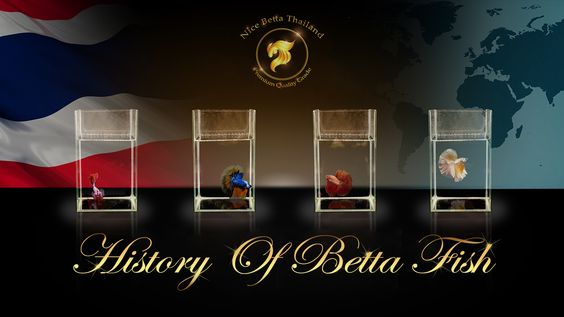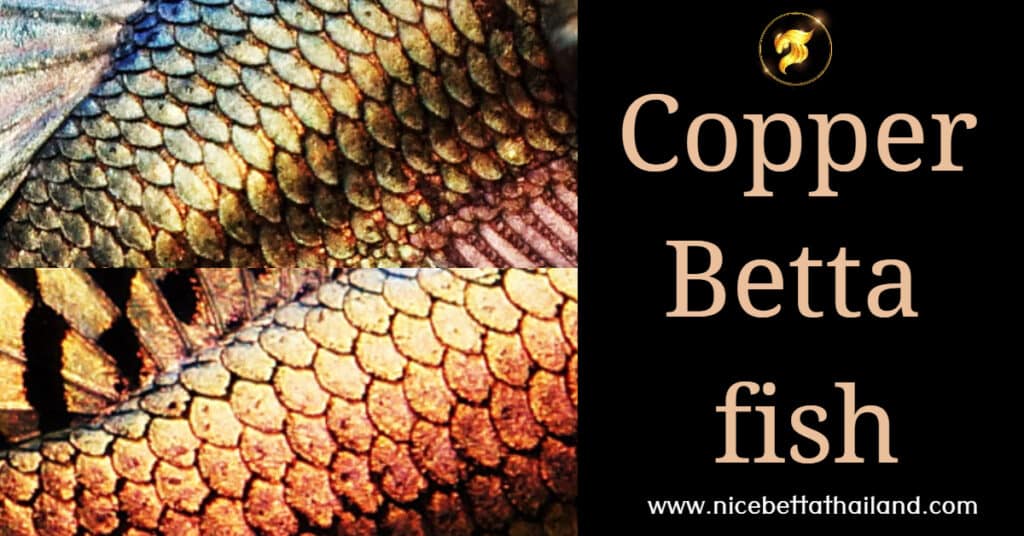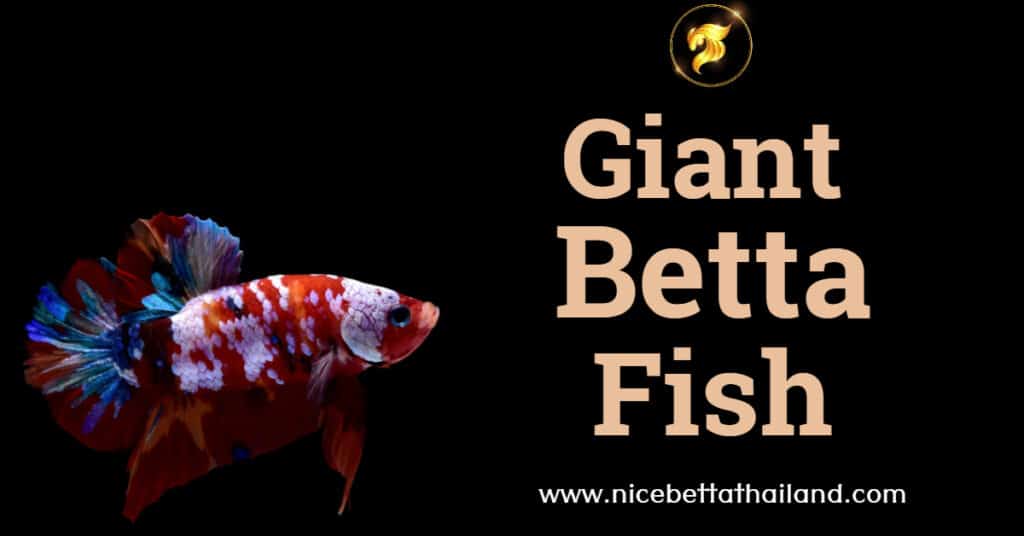History of betta fighting fish, Accessorizing with fish was not what the people of Siam originally had in mind when they started collecting Bettas prior to the 1800s. Known as Siamese Fighting Fish, the Betta fish of that time were not the same elegant, little fish we see today. With much smaller fins and a dirty greenish-brown hue, they were bred for competitive fighting and not for the fame of their magnificent finnage and colors. Native to Siam, (now Thailand), Indonesia, Malaysia, Vietnam and parts of China, these fish became accustomed to water temperatures that were often at or above 80 degrees.
History of betta Collecting
In the history of betta Collecting for the children of Malaysia, in southern China, collecting these Siamese fighting fish was a favorite pastime. The children would catch as many as 50 Bettas an hour from the rice paddies, and then conduct fish fights to determine the village champion. Usually, the winner was the biggest fish they caught. Once the wounds healed on the prize-winning fish, he would go into competition again against a new opponent. This pastime diminished significantly when agricultural chemicals and mechanized plowing were introduced for the harvesting of the rice paddies. However, the fields were not the only place where one could find Bettas. They were also living in watery ditches, stagnant ponds and gentle flowing streams.
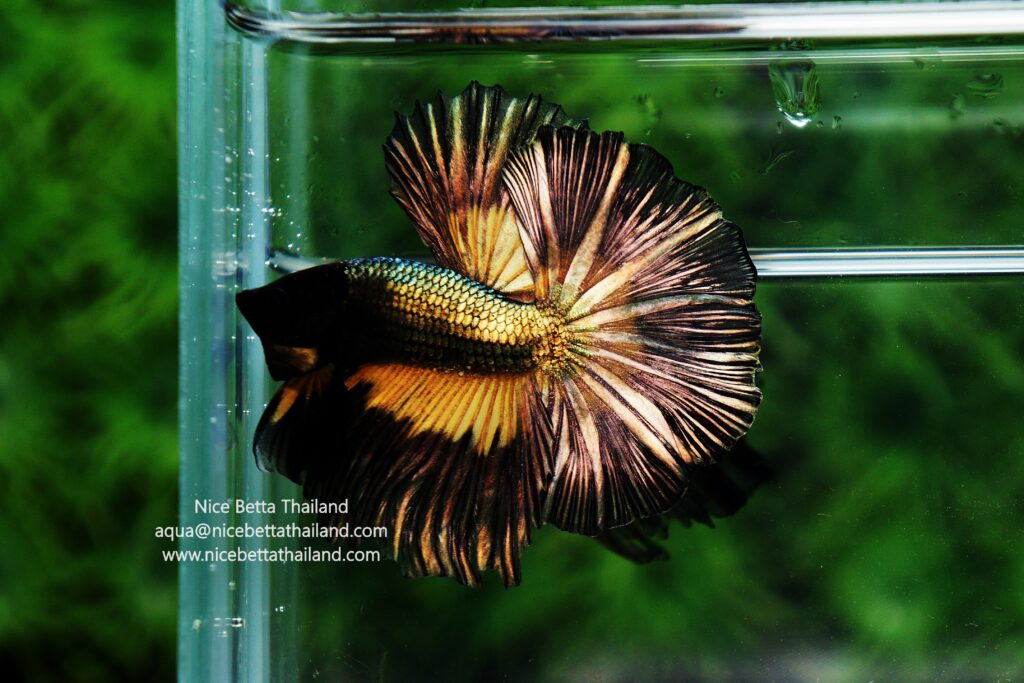
History of Betta Fighting Matches
Known as plakat, which means tearing or biting fish, the wild Bettas generally would have short-lived fights of only a few minutes. Nevertheless, once the Siamese started to breed them specifically for fighting, these matches could go on for hours. The winner was determined, not by the wounds he inflicted, but instead by his willingness to continue fighting. The losing fish retreated and the match was over. Destruction to the families of the men betting on the fish was also substantial, with potential losses as great as his money, his house, and on occasion, his wife or other family members!
Observing the obvious popularity of these fights, the King of Siam started licensing and collecting these fighting fish. In 1840, he gave some of his prized fish to a man who, in turn, gave them to Dr. Theodor Cantor, a medical scientist from Bangor. Describing these fish in an article nine years later, Dr. Cantor gave them the name Macropodus Pugnax. In 1909, Mr. Tate Regan renamed them Betta Splendens, noting that there already was a betta species with the name Dr. Cantor used. It is believed that Mr. Regan got the name from a warrior-like tribe of people named “Bettah”.
By the last quarter of the 1800’s, the Betta Splendens were introduced into France and Germany and in 1910 they were first seen in the United States. With the variety of colors and fin combinations introduced, these fish were considered to be a different species, thus a long list of alternate names was created.

The Modern-Day Betta
Today, Betta Splendens are the most popular fish with breeders in the United States and Japan. Commercial Betta farms in Malaysia and Singapore breed both display Splendens and fighting Splendens, with the breeding of the fighters producing the most revenue. Fighters are often discarded following their matches and new ones are bought, whereas, display Splendens live up to four years.
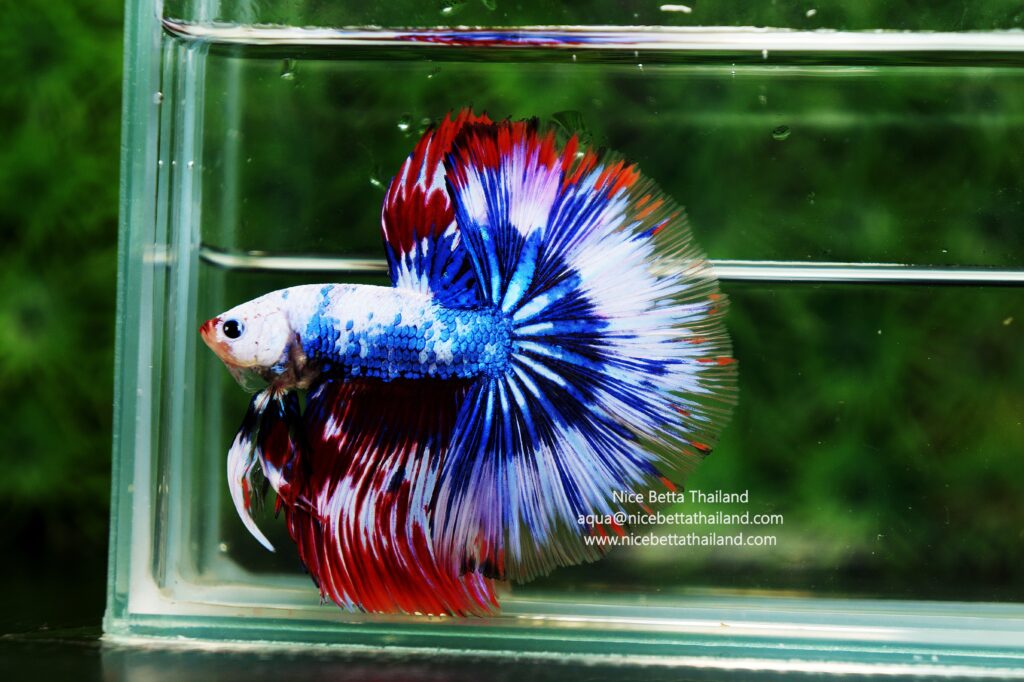
 The Colorful Betta
The Colorful Betta
Although Betta fish were originally bred for their fighting tendencies – and still are today – colorful mustard bettathey have become more widely sought after for their vibrant colors and “showy” fins, both of which have earned the Betta the nickname “The Jewel of the Orient.”
In the wild, bettas only display vibrant colors when they are agitated, but breeders have been able to make the trait permanent and have developed a wide array of vivid hues that are specific to the breed. Bettas are usually available in red, pink, orange, green, blue, black, cream and even an opaque white. The blues ranges from very dark to very bright as well as light blue and turquoise. These blues – along with greens – are typically somewhat iridescent, unlike black or reds.
Betta Color Patterns
Breeders have also developed color patterns in betta fish, including marbling, which is usually blue and red with a pale base color, and “butterfly” coloring, which means the betta’s body is a solid color, but its fins are divided into two distinct colors. bettas are also now bred in metallic colors such as copper, gold, rust and platinum.
Betta Fish Tails
Betta fish are also bred to have a wide variety of tail fins. These can include the Veil Tail, red betta fishwhich is the most common type, where the tail appears to arch up before draping down like a veil. Crown Tail Bettas have spiky, separated tips on their fins, while Half-Moon Tails have straight edges and, just like a half-moon shape, spread open in a 180-degree angle. Rose Tail Bettas have so much going on in the fin department, their tails drape and overlap, giving them the appearance of overlapping rose petals. Although similar to Rose Tails, the fins on Feather Tail Bettas have a more ruffled, feathered appearance. Other tail types include the Delta, Super Delta, Double Tail, Spade Tail, Half sun, and many more.
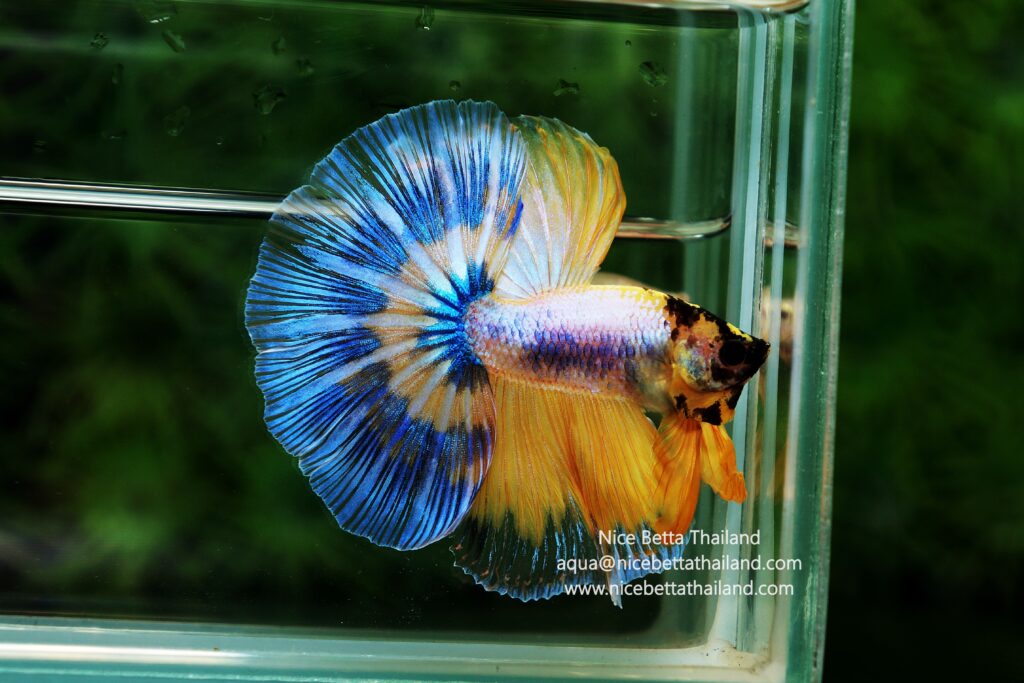
New Betta Varieties
Breeders around the globe are continuously developing new varieties of Betta fish – including working to introduce the same range of colors in female bettas that had previously only been available in male bettas. Another a recent addition to the betta family is the Giant betta, which was developed in 1999. Two very large betta fish were located and bred, and their offspring was bred again and again to establish a line of Giant Bettas, which are significantly larger than standard betta fish.
History of Betta Fun Facts!
The fish have become so popular, they’ve even earned their place in pop culture. Here are some fun facts: Betta fish fighting techniques are referenced as a strategy in the 1963 James Bond movie, From Russia With Love. The criminal organization SPECTRE plans to let the U.S. and Soviet Russia “fight to the death” until one loses, then take on the exhausted winner – just like Siamese Fighting Fish. Meanwhile, the popular Disney Channel series Fish Hooks features Milo, a Siamese Fighting Fish, while betta fish have been used as backgrounds and screensavers for both Windows 7 and Windows 8 operating systems.
Looking for Rare betta fish?
If this article History of betta fish was useful to you You can leaving a 5-star reviews for It’s an encouragement. For us make encourage us in our research. Research information about betta fish for to present useful information further

Also we have group talk about betta fish for sale and share any new tip take care information on Web3 socialFi group

Right now we have betta fish doctor help every bettas lover by top breeder in Thailand to cure or share more tip on Animalverse social
If your bettas fish sick or need tip to treat help or join event prize with AVC Token
Let’s join the group many top breeder will help to answers in betta fish community
More tip :
15 Common Betta Fish Diseases Prevention and Treatment
First betta fish avatar color in the world
All of Betta Fish A Guide on Patterns, Color in the world


